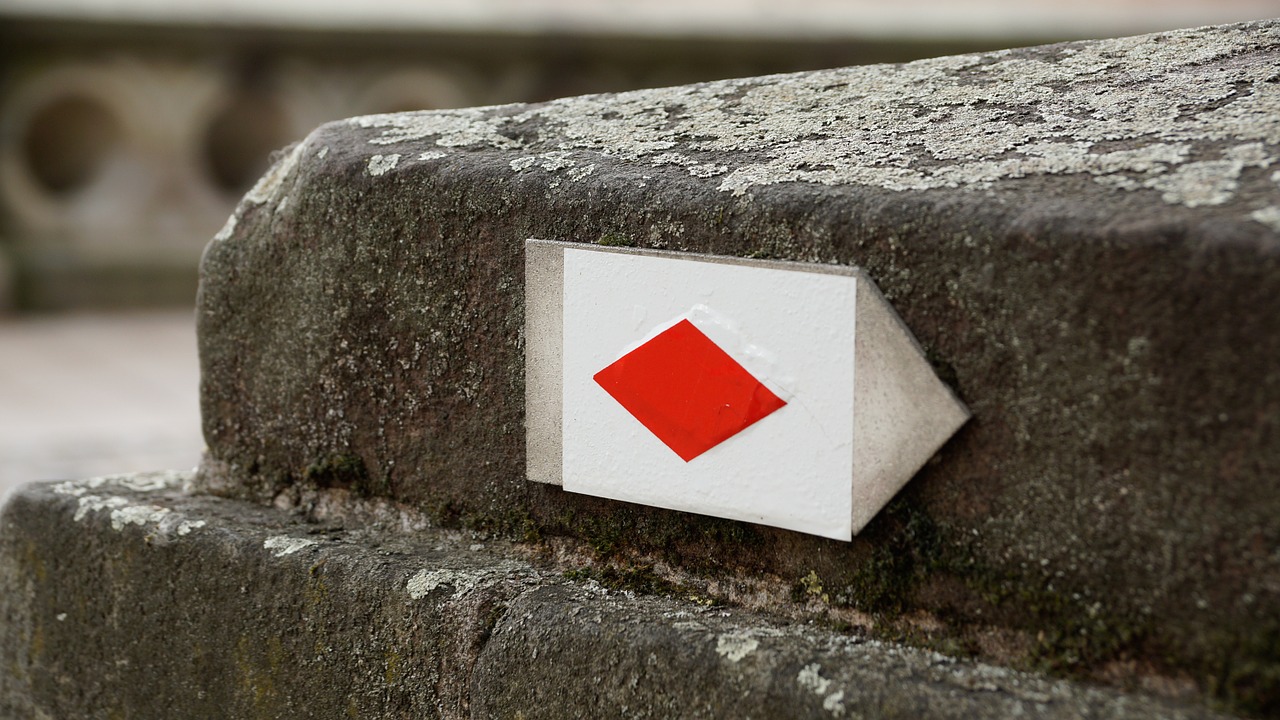In geometry, a parallelogram is defined as a four-sided figure or quadrilateral wherein opposite pairs of sides are running parallel to each other or can be said to be having two pairs of parallel lines. Examples of parallelograms will be square, rectangle, rhombus, etc. In this article, let us see how the area of parallelogram can be found out.
Of the many different types of parallelograms available, such as trapezium, rectangle, rhombus, cube, and kite, the rectangle is probably the most well-known in our daily lives because of its symmetry and properties that make it easier to locate its measure. The square is the only other symmetrical-shaped quadrilateral, and it’s worth noting that it’s also a special case of a rectangle.
In geometry, the term area usually refers to the space enclosed by a particular figure. Since our surroundings are filled up with all sorts of shapes, hence it makes sense that to know how to find the area of the figures that surround us as they will help us in our daily calculations. For example, to figure out how many rectangular tiles are required in a room, divide the room’s area by the rectangular tile’s area to get the total number of tiles. If we want to find the amount of paint required on a wall, finding the wall’s area will help us figure this out too. Thus the calculation of area has many utilities in everyday life.
The area of a parallelogram is a value received on multiplying base by height. The area of a parallelogram can also be found by using the formula A = base * height. This will give you how many square inches or cms there are in a parallelogram. The side running along the bottom of the parallelogram is the base, and the perpendicular distance from this base to the top or opposite side of the parallelogram will give the height. The unit of area would be in square units as two measures are being multiplied so their units will also result in squared value. A parallelogram that has parallel sides and equal angles at each corner is called a rectangle.
The properties of a parallelogram can be summarized as:
- The opposite sides are parallel to one other
- The interior angles situated on the same side in nature are supplementary
- The diagonals inside a parallelogram bisect each other
- The diagonals, when drawn inside a parallelogram, divide the parallelogram into two congruent triangles.
- The opposite sides measure equal.
Parallelograms are extremely useful in mathematics, mechanics, and science due to their peculiar properties. Parallelograms are used in physics to characterize vector addition and to model individual force components. Engineers use parallelogram-shaped systems to lift heavy loads and build massive structures.A parallelepiped can be called as the three-dimensional equivalent of a parallelogram.
With the variety of usage all the parallelograms have around us, it is a good idea to explore all the concepts related to them by the students, and this will also help them in understanding the higher grade math or geometry. Math worksheets can play an important role in reinforcing the geometrical concepts in an engaging way. Students should make use of this resource available online at the Cuemath website.
Worksheets are strategically placed problems so that they help students learn the concepts while arriving at the solutions by themselves. In case they need help, the answer keys are also provided at the back of these worksheets, and they have a proper explanation of the solution with relevant logic. Consistent practice with these geometry worksheets will help students gain the essential math acumen, thereby also enhancing their problem-solving capabilities, creative thinking, and confidence in maths.


